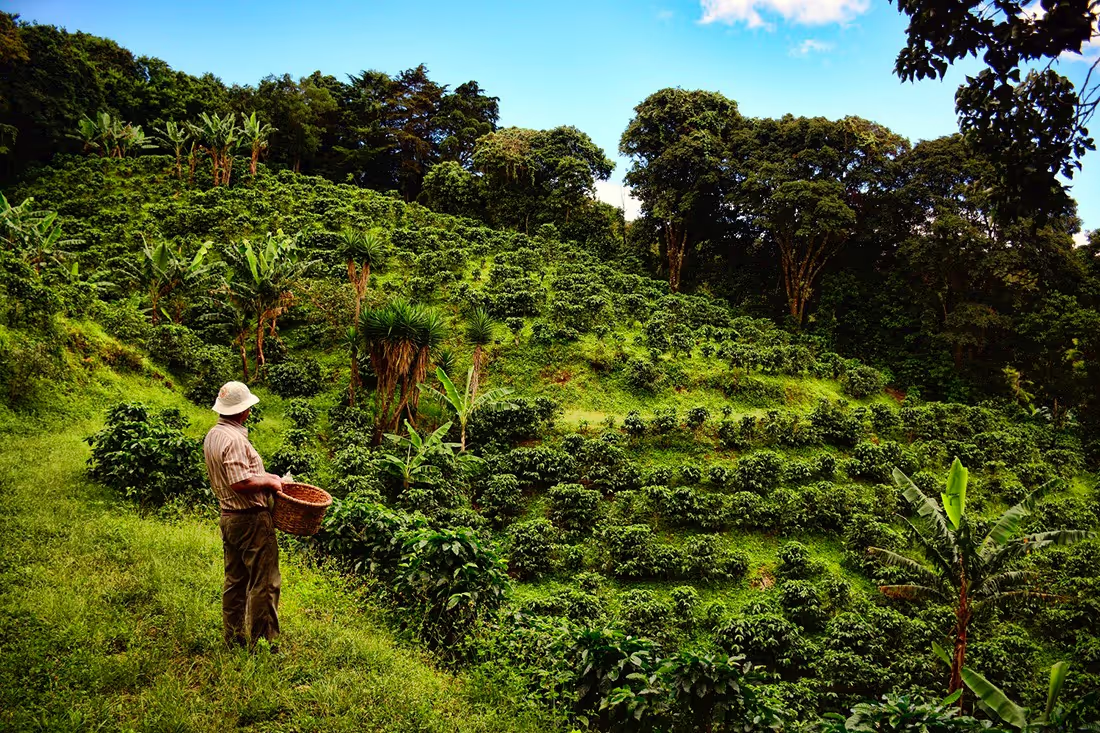Key aspects of coffee plantations
Diverse Regions
Coffee is grown in various regions across Costa Rica, each with its unique flavor profile. Regions like Tarrazú, Naranjo, and Tres Rios are known for producing some of the finest coffee beans in the country.
Sustainable Practices
Many coffee plantations in Costa Rica commit to sustainable, eco-friendly practices, often using shade-grown methods that support wildlife and soil health.
Varieties
Costa Rica cultivates several coffee varieties, including Arabica beans like Typica, Caturra, and Geisha. Geisha coffee, in particular, has gained international recognition for its unique flavor.
Tours
Most coffee plantations offer guided tours showcasing the coffee-making process, from picking cherries to roasting. It’s an educational experience highlighting the care behind coffee.
Tastings
Coffee tastings, often referred to as cuppings, are a highlight of coffee plantation tours. Visitors can sample various coffee brews and learn to identify different flavor notes and aromas.
Scenic Views
Many coffee plantations are set in picturesque locations with stunning views of the surrounding landscapes. These settings make for memorable visits.
Café Britt
Café Britt is one of the most well-known coffee brands in Costa Rica and offers engaging coffee tours at their plantations. They often include entertaining guides and cultural shows.
Finca Rosa Blanca
This plantation is known for its commitment to organic and sustainable practices. It offers tours that provide insights into eco-friendly coffee production.
Doka Estate
Doka Estate is famous for its comprehensive coffee tours, beautiful gardens, and scenic views of the Central Valley.
El Toledo Coffee Tour
Located in Atenas, El Toledo is a family-owned organic coffee plantation that offers personalized tours focusing on organic farming.

